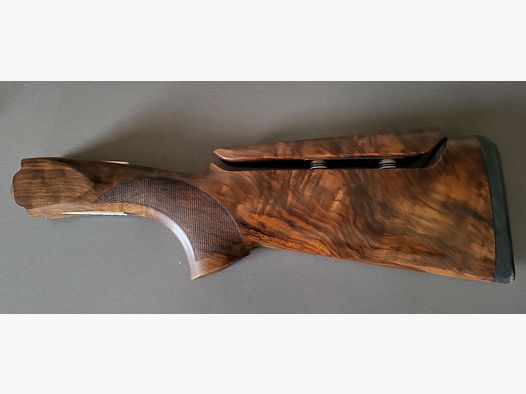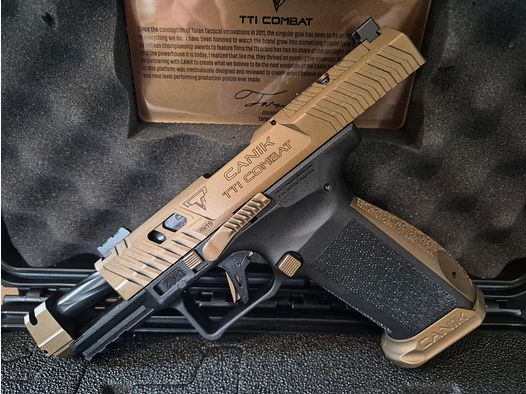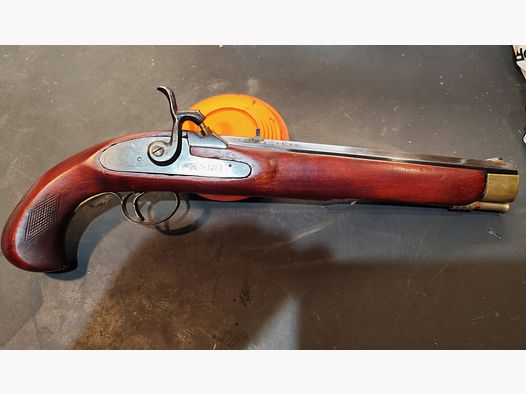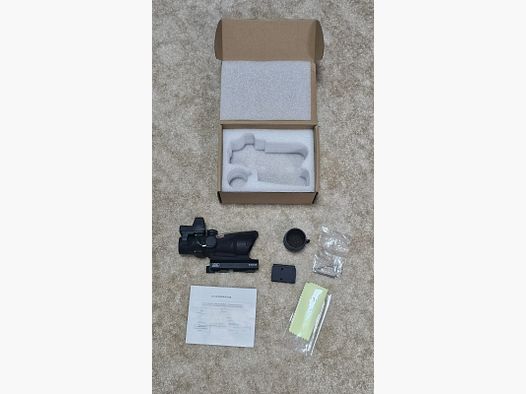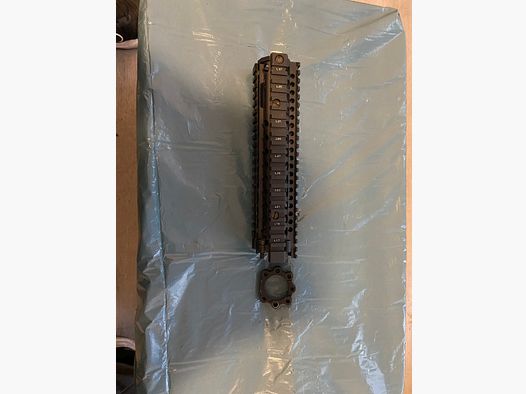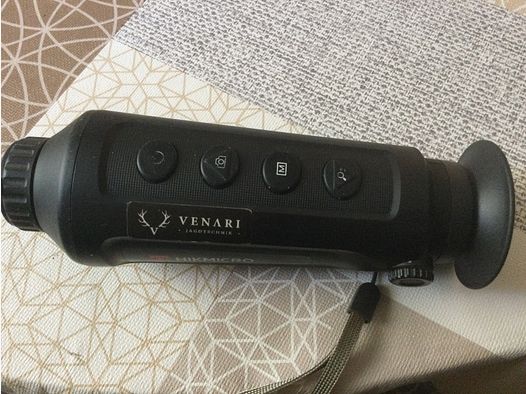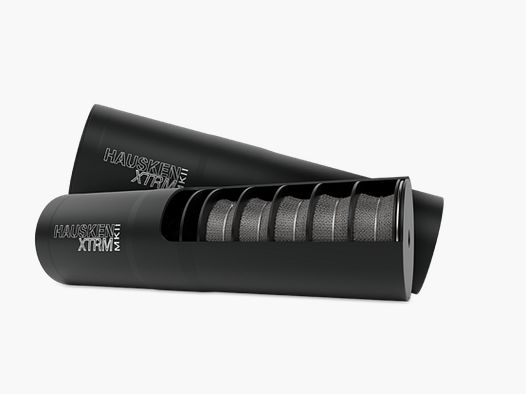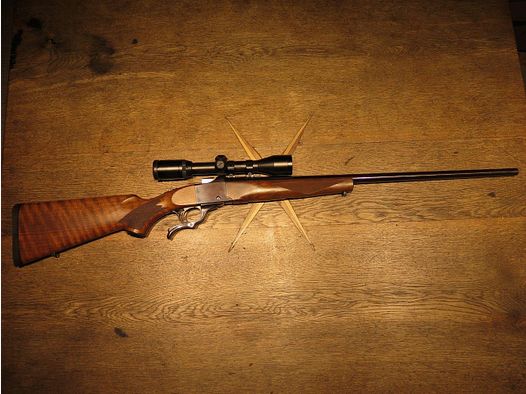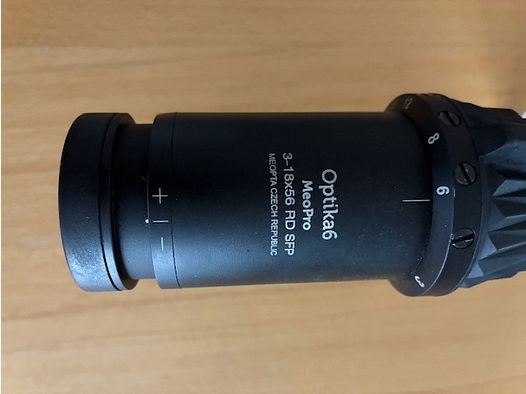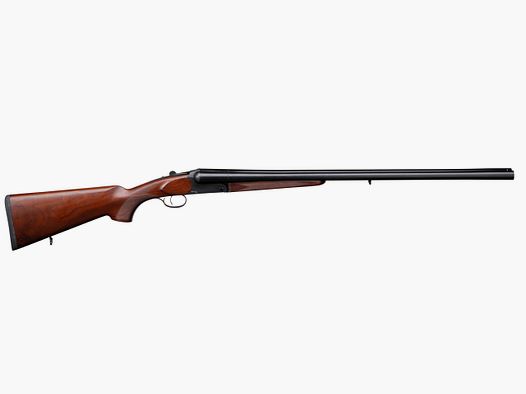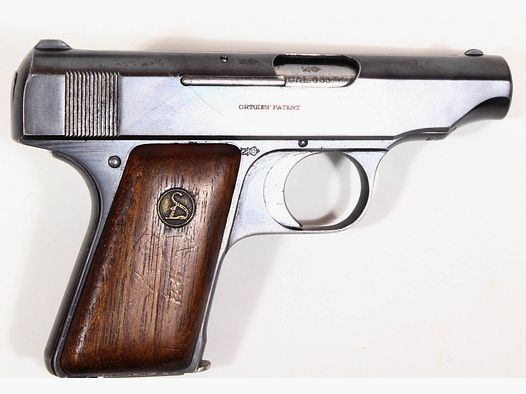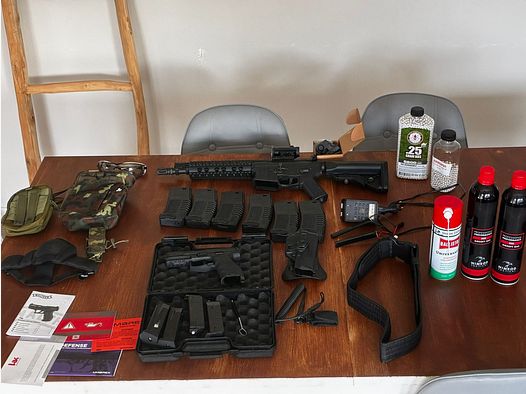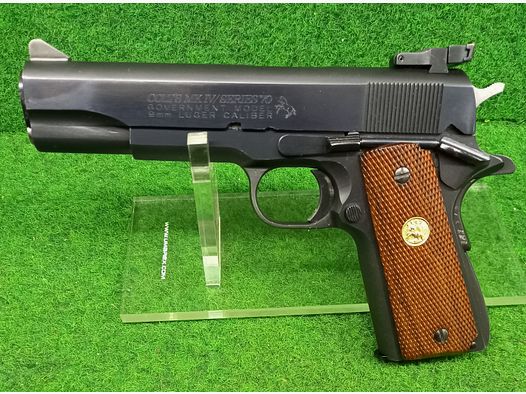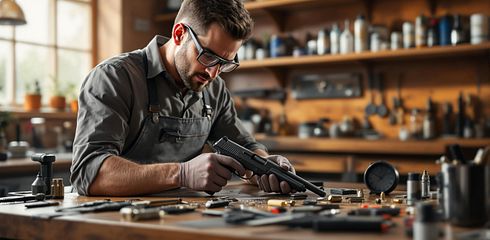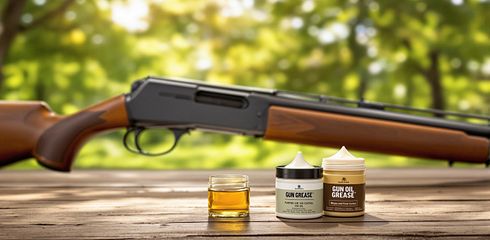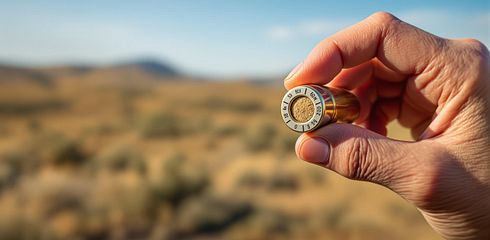Temperature significantly affects the performance of ammunition. Extreme heat and cold can alter precision, ignition, and muzzle velocity – with potentially fatal consequences for hunters and sport shooters. In heat, chamber pressure increases, which can stress the firearm. In cold, however, the powder burns slower, leading to reduced velocity and ignition problems.
What to watch out for:
- Heat: Avoid direct sunlight, use insulated containers, and load cartridges only just before firing.
- Cold: Keep ammunition close to your body, avoid condensation, and test under real conditions.
- Storage: Prefer constant temperatures in dry rooms.
Tip: Temperature-stable ammunition reduces fluctuations and ensures reliable results – regardless of weather conditions.
Effects of Heat on Ammunition
High temperatures can accelerate the combustion of the propellant, increase chamber pressure, and potentially create dangerous situations.
Combustion and Pressure Changes
When ammunition is exposed to high temperatures, the powder burns faster. This leads to increased chamber pressure, higher muzzle velocity, and can, in the worst case, cause damage to the firearm.
A vivid example is provided by ballistic expert Tommy Todd from Sierra. In a test, heated .308 Winchester cartridges achieved a muzzle velocity of 2,596 fps, while cooled cartridges only reached 2,451 fps. This difference of 145 fps resulted in a noticeable point of impact shift at a distance of about 183 meters. Todd also reported on a competitive shooter who had pressure issues because his already loaded cartridges were further heated by direct sunlight.
Even powders marketed as "temperature stable" show significant speed increases at around 32°C. These changes highlight the importance of proper ammunition storage at high temperatures.
Storage Problems in Hot Weather
To avoid overheating ammunition, you should load cartridges only shortly before firing. This prevents them from absorbing unnecessary heat in the chamber. Special caution is required with handloading: data that appears safe at 20°C can generate dangerously high pressures at around 35°C. Therefore, always test your loads under the conditions in which you intend to use them later.
Effects of Cold on Ammunition
Cold temperatures bring a number of challenges that can noticeably affect the functionality and reliability of ammunition. While heat leads to rapid reactions and increased pressure, cold causes inertia and increases the risk of ignition problems.
Lower Velocity and Ignition Problems
In cold environments, the propellant burns slower, resulting in lower muzzle velocity and a steeper trajectory. It becomes particularly critical at temperatures below freezing: here, ignition failures or delayed ignitions can occur, as the primer operates less reliably. The ignition mixture reacts slower, and in extreme cases, it can even fail completely.
Another problem is condensation. When cold ammunition is brought into a warm environment, moisture forms on the surface of the cartridges. This moisture can penetrate the primers and impair their functionality.
Handling Ammunition in Cold
To maintain the performance of ammunition despite low temperatures, careful handling is crucial.
- Slow Temperature Adjustment: Allow the ammunition to gradually acclimate to the ambient temperature to avoid condensation. Sudden temperature fluctuations should be avoided.
- Utilize Body Heat: Keep the ammunition close to your body, for example in a jacket pocket, and load it only shortly before shooting. This way, it is not unnecessarily exposed to the cold for too long.
- Testing Under Real Conditions: For hunters or competitive shooters, it is advisable to zero in ammunition under actual conditions of use. What works well at room temperature may behave differently in the cold. Therefore, test the point of impact of your preferred ammunition at different temperatures and document the results.
- Optimize Storage: In unheated spaces like garages or basements, ammunition should be protected from frequent temperature fluctuations. Constant, low temperatures are less problematic than constant changes.
With these measures, you can ensure that your ammunition remains reliable even in cold conditions.
Heat vs. Cold: Ammunition Performance in Direct Comparison
Extreme temperatures have a significant impact on the performance of ammunition. As mentioned earlier, heat increases muzzle velocity and chamber pressure, which can jeopardize sensitive loads. Cold, on the other hand, slows combustion, reduces muzzle velocity, and alters trajectory. Additionally, at very low temperatures, ignition behavior can be affected.
Here is an overview of the key differences between hot and cold conditions:
Performance Comparison: Heat and Cold
| Factor | Heat (above approx. 30°C) | Cold (below approx. 0°C) |
|---|---|---|
| Muzzle Velocity | Increased – flatter trajectory | Reduced – steeper trajectory |
| Chamber Pressure | Increases – higher risk of pressure spikes | Lower – affects cartridge behavior |
| Ignition Behavior | Faster – risk of overheating | Slower – risk of ignition delays |
| Precision | Fluctuations due to varying pressure conditions | Constant point of impact with slight deviations |
| Storage Stability | Accelerated aging of the load | More stable storage, longer shelf life |
| Handling Risk | Higher safety risk | Lower risk, caution with condensation |
These differences are particularly noticeable during zeroing. A firearm that has been zeroed under moderate conditions often shows a changed point of impact at extreme temperatures. In cold, the impact is usually lower, while in heat, the flatter trajectory shifts the point of impact upward.
For hunters, this means: those who only zero their firearm at mild temperatures risk unwanted deviations under extreme conditions. Temperature-stable powders can compensate for such fluctuations, but they are more expensive and often not affordable for everyone.
The highlighted differences underscore why specific strategies for handling ammunition under extreme conditions are necessary in the next section.
Ammunition Handling and Storage at Extreme Temperatures
Extreme temperatures can significantly affect the performance of ammunition. With the following tips, you can ensure that your ammunition remains reliable under all conditions. Proper handling and storage are crucial for precision and safety.
Tips for Hot Weather
Heat can impair the stability of ammunition. Therefore, the rule is: Keep ammunition away from direct sunlight and hot places. This means no storage in vehicles or other locations that can heat up significantly. For transport, insulated containers are a good choice, as they better regulate temperature.
For summer storage, a cool, dry place is suitable. A basement or the coolest room in your apartment is ideal for protecting ammunition from overheating.
Tips for Cold Weather
Cold can also be problematic. Very low temperatures can impair powder combustion, which can reduce muzzle velocity. Additionally, abrupt temperature changes can cause condensation on the cartridges, which could impair functionality.
To counteract this, you should use airtight or waterproof containers. Cartridge boxes with reliable seals that keep moisture out are particularly practical. Ensure that the ammunition is protected from direct contact with rain or snow.
General Notes
Whether heat or cold – carry ammunition as close to your body as possible to minimize sudden temperature fluctuations. When transitioning from one extreme temperature environment to another, give the ammunition time to gradually adjust to the new temperature. This avoids damage from condensation or thermal shocks.
For safe storage, you can find a wide selection of weatherproof ammunition boxes and suitable accessories at Gunfinder – perfect for every season and hunting situation.
With these tips, your ammunition will remain reliable even under extreme conditions and ensure optimal shooting results.
sbb-itb-1cfd233
Temperature-Stable Ammunition Technology
Extreme temperatures – whether scorching heat or icy cold – can affect the performance of ammunition. However, thanks to new technologies, such problems are increasingly becoming a thing of the past. Modern developments ensure that ammunition remains reliable and precise regardless of temperature.
A key factor lies in the improvement of propellant powders. These have been optimized to burn evenly even under extreme conditions. This ensures consistent performance and trouble-free operation. Through special particle geometries and innovative surface coatings, combustion becomes even more precise and less susceptible to temperature fluctuations.
There have also been significant advancements in ignition systems. They have been developed to function reliably even in biting cold and minimize the risk of ignition failure. Additionally, modern multilayer systems use different types of powders that together ensure consistent performance over a wide temperature range. New materials for casings and advanced alloy technologies also help to compensate for pressure fluctuations due to temperature differences.
For precision shooters, this means: complicated temperature corrections are increasingly becoming a thing of the past. Ballistic apps need less adjustment, which is particularly beneficial for hunters and shooters active in regions with large temperature fluctuations or who are on the move year-round.
At Gunfinder, you will find a wide selection of temperature-stable ammunition from various manufacturers. Thanks to continuous improvements, this type of ammunition is increasingly becoming the standard solution – for more precise shots and added safety.
Conclusion: Dealing with Weather Conditions
Extreme temperatures can affect the performance of ammunition – but with the right knowledge and equipment, you can master these challenges.
Preparation is key: Protect ammunition from direct sunlight in summer and avoid pressure increases. In winter, it is important to gradually acclimate the ammunition to the ambient temperature to prevent performance losses. Temperature-stable ammunition is a practical option as it provides consistent performance throughout the year.
Proper storage also plays a central role. Store your ammunition in a dry, well-insulated environment that is protected from strong temperature fluctuations – ideally in a special ammunition cabinet or a climate-controlled room. This keeps it ready for use in the long term.
Gunfinder offers you a wide selection of ammunition from various manufacturers. Here you will find temperature-stable variants, special cold-weather loads, and suitable storage accessories. Useful tools for temperature monitoring are also available. This way, you are well-prepared for all weather conditions.
FAQs
How do I store ammunition to ensure it remains reliable in heat or cold?
How to Store Ammunition Properly?
To ensure your ammunition remains reliable even under extreme conditions, proper storage is crucial. Cool, dry, and protected from temperature fluctuations – these are the basic rules. High temperatures can accelerate the degradation of the propellant, while extreme cold can impair ignition capability.
The optimal storage occurs at room temperature in a gun safe or another suitable container. This helps avoid chemical changes and potential functionality issues. Additionally, it is important to protect the ammunition from moisture, as dampness can significantly reduce shelf life.
What distinguishes temperature-stable ammunition from conventional ammunition, and when is the investment worthwhile?
Temperature-Stable Ammunition: Reliability Under All Conditions
Temperature-stable ammunition impresses with its ability to function reliably even under extreme temperature fluctuations. Its chemical composition and pressure behavior remain consistent over a wide temperature range. This not only ensures more precise shots but also reduces wear on the firearm – a real advantage, especially in variable weather conditions.
For hunters and sport shooters who regularly train or hunt under different climatic conditions, this investment pays off. Although the initial costs are somewhat higher, the consistent performance and reduced maintenance of your equipment become noticeable in the long run. This way, you can fully rely on your equipment, whether in icy cold or intense heat.
How can I ensure that my ammunition functions reliably at high or low temperatures?
To ensure that your ammunition functions reliably even at extreme temperatures, you should store it cool, dry, and protected from temperature fluctuations. Airtight, well-ventilated containers are best, as they effectively prevent moisture and condensation.
In cold temperatures, special caution is required: protect the ammunition from frost and avoid prolonged storage in icy environments. Before use, it should be gradually acclimated to the ambient temperature to avoid condensation from sudden temperature changes.
It is also important to regularly check the ammunition for damage or corrosion. Always store it in suitable containers to ensure its functionality and safety in the long term.



